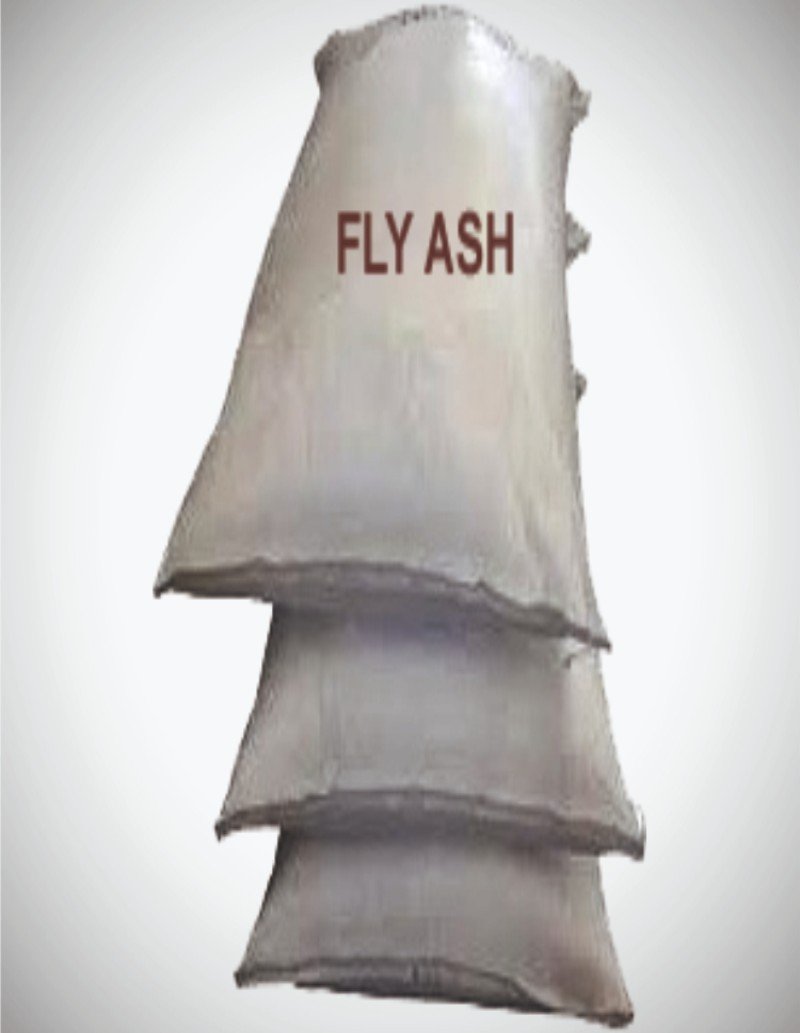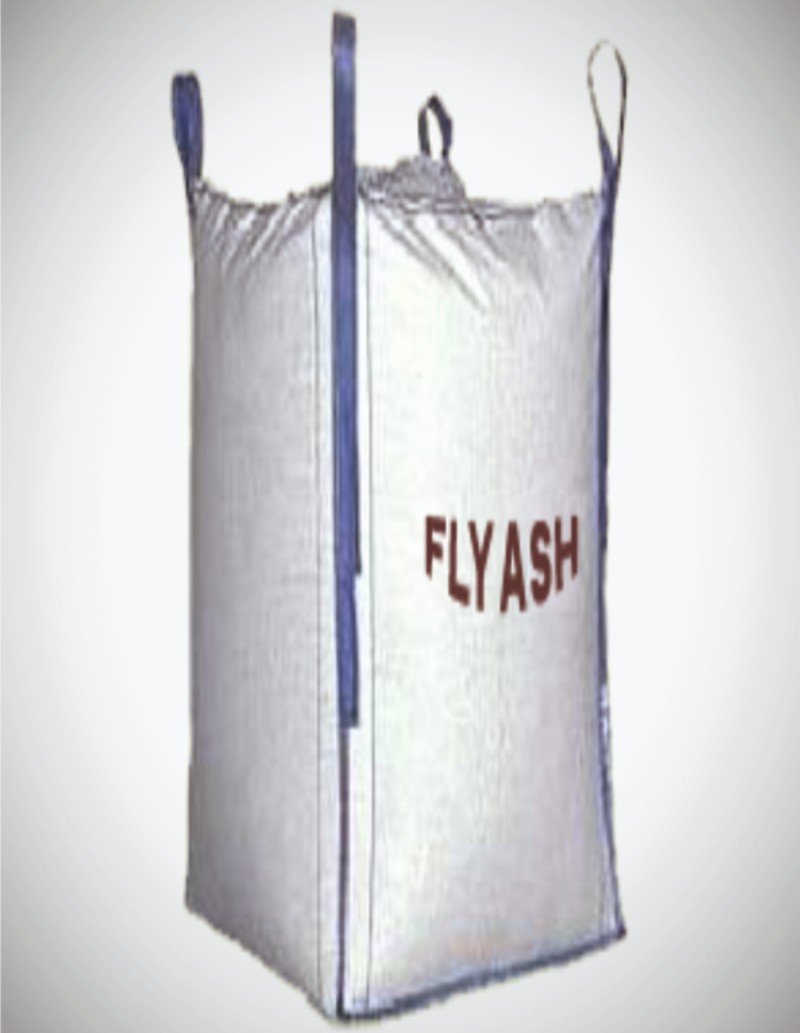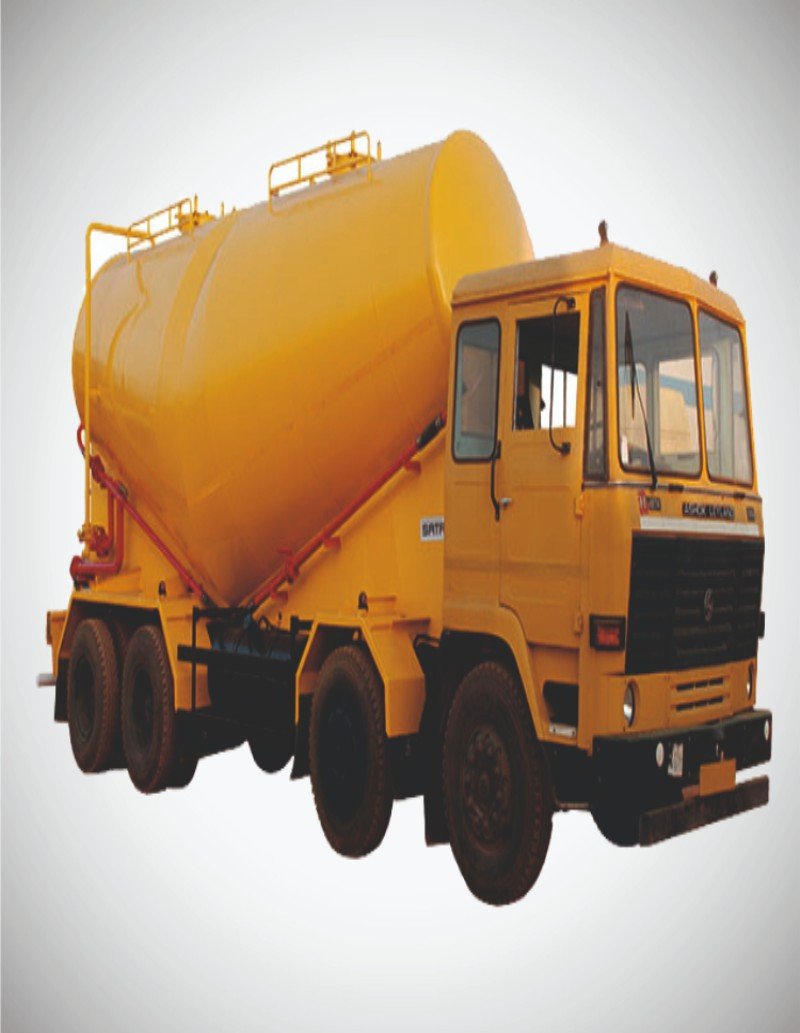FlyAsh in Small Bags
Small bags of fly ash are available for builders and developers who tend to store and use fly ash in relatively smaller amounts. It is simple to manually handle and mix on location thanks to the small bags dimensions and workable weight.
Major advantages of using Fly Ash in small bags are:
Contractors, builders, developers, as well as other consumers like producers of Fly Ash-based products, are customers of Fly Ash in small bags. In locations where Fly Ash is manually handled, it is especially useful.



